By exploring alternatives to calming agents, salmon farmers report improved product quality
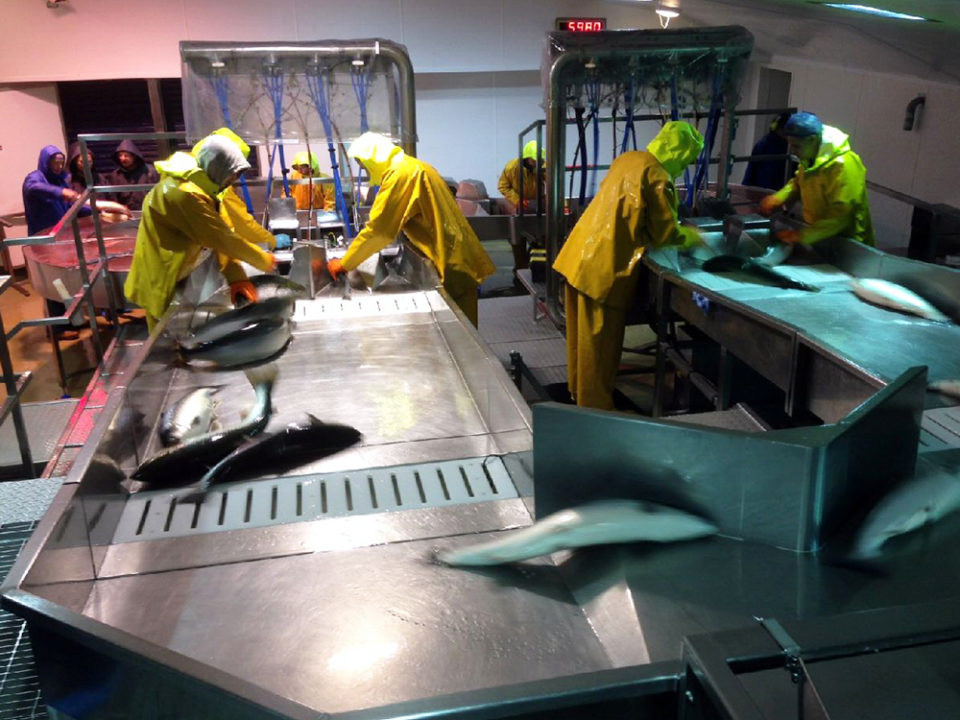
Roughly 1 billion fish are farmed and slaughtered in the EU each year, according to Compassion in World Farming, an organisation that suggests most are killed in ways it deems “inhumane and illegal … the vast majority are left to suffocate, or killed while fully conscious in ways that cause immense suffering.”
However, EU legislation requires that farmed fish be spared unnecessary pain, distress or suffering at slaughter, and since the late 1990s, increasingly efficient manual and automated systems have been developed to help achieve this goal. Calming agents, such as those containing isoeugenol, a derivative of clove oil, are also used in some countries, to minimize stress pre-harvest.
Humane slaughter can be defined as killing that minimizes suffering. The key principle for aquaculture is to render the fish immediately unconscious and unable to sense pain, a condition that must persist until they are dead.
Information on the welfare of fish during stunning and killing is offered by The World Organisation for Animal Health’s (OIE) Aquatic Animal Health Code. All EU Member States have signed up to this but interpret it in different ways for their own slaughtering guidelines.
In addition, the European Food Safety Authority’s (EFSA) Animal Health and Welfare Panel has published studies and advice on slaughter for Atlantic salmon, rainbow trout, sea bass, sea bream, carp, eel, tuna and turbot.
More visible to consumers is the Royal Society for the Prevention of Cruelty to Animals (RSPCA) Freedom Food Assured standards for Atlantic salmon and rainbow trout, which include welfare during transport or slaughter.
The ability to [minimize] crowding in our smaller pens, and a short time between a fish swimming into the pen and their slaughter, is the most welfare-friendly harvest method available.
The Humane Slaughter Association offers comprehensive advice on slaughter methods and pre-harvest handling, including withdrawal of food, crowding, use of anaesthesia and the benefits and drawbacks of different stunning and killing methods.
The OIE and EFSA both suggest that once suitably developed for individually species, percussive or electrical stunning, followed by a manual or automatic kill method, shooting (farmed tuna), spiking or coring, all have the potential to be humane. Use of food-grade anaesthetics such as Aqui-S, may also have the potential to be humane, though their use at harvest is limited in the EU.
OIE also notes that other methods are commonly used for killing fish, although these have all been shown to result in poor welfare.
Sea bass and sea bream are mostly killed on-farm and are known to be asphyxiated in air, as well as through chilling in iced water. Some larger boats use electrical stunning systems, which are now under development for use on small boats and have the potential to transform harvest procedures.
Carp are also asphyxiated in air on many farms. Some of the methods used for killing eels include immersion in an ammonia or salt bath – illegal in Germany – use of salt plus ice, decapitation, or a slit to the neck. Equipment for stunning tilapia electrically in water is available commercially.
Research is ongoing into the most humane slaughter methods for farmed fish and fundamental technical issues still need to be resolved for some species.
The EU Commission has long been aware of shortfalls in the system, but a survey and report it commissioned on harvest methods across EU countries, along with recommendations for improvements in fish slaughter backed up with amended legislation, is more than two years late.
The findings of the report, due to be published later this year, will be presented to a commission meeting with member states this month.
The new Aquaculture Advisory Council (AAC) sees a role for itself in finding practical ways to facilitate humane slaughter of all farmed fish, along with the development of standards and codes of good practice.
Assisted by automated technology
At Marine Harvest Scotland, the latest harvest methods rely on a fully automated process, which has been developed with optimum fish welfare in mind, according to Business Support Manger Steve Bracken.
“All our fish are harvested by being pumped straight into wellboats, then chilled down on the trip back to our harvest station in Mallaig. This also has the effect of calming them down, which means we do not need to use calming agents,” he said.
“Once pumped into the harvest station, they enter an automated process in which they are percussive stunned then bled, following a severing of the aorta. The chill chain then continues by pumping the processed fish into tankers of ice slurry, with a 2:1 fish-to-ice ratio that ensures the fish arrive at our secondary processing unit at 2 degrees-C.”
Independent Scottish salmon producers Loch Duart believe that pen-side harvesting is the gold standard for fish welfare.
“The ability to [minimize] crowding in our smaller pens, and a short time between a fish swimming into the pen and their slaughter, is the most welfare-friendly harvest method available,” explained sales director Andrew Bing.
“The whole process from entering the pen to being stunned currently takes around 6 to 8 seconds. Third-party audits have backed up these welfare assertions and our customers benefit from longer rigor mortis and longer shelf life,” he said.
This year, Loch Duart is going a step further, by automating the pen-side harvest process. The company believes this will improve welfare at slaughter by reducing crowding and harvest time by 75 percent, and reduce operator fatigue, which can affect efficiency.
“We have done extensive research on improvements through automation and will be hiring new technology from May 2017,” said Bing.
Export requirements spur changes
In New Zealand, the largest salmon company recently fast-tracked a new automated harvest method, after several shipments of salmon were refused entry into the United States by its Food and Drug Administration (FDA).
The shipments in question were found to contain isoeugenol, from the sedative Aqui-S used during the harvest process.
According to New Zealand King Salmon Chief Executive Grant Rosewarne, the company had been exporting to the United States for more than 20 years without incident, but recent interpretation of the legislation there now deemed that the product should not to be used in the harvest of salmon. However, the product is in the process of being licensed by the FDA and is the subject of an Investigational New Animal Drug (INAD) program.
The issue with FDA was swiftly resolved, but it was a major catalyst in King Salmon changing over to a pump-based system, which removes the need for a calming agent. It has also enabled the company to speed up the harvest process. The Aqua-Life BioStream BP120 fish pump can process up to 5,000 fish an hour. The fish are stunned, bled, then slid into bulk tankers containing ice slurry to be maintained in optimum condition for transport to the processing centers.
Whichever method is used for harvesting and killing fish, there is a consensus that the correct and efficient stunning procedure will result in improve flesh quality. It will reduce the appearance of soft flesh, gaping, bruising and scale loss, and improve shelf-life when compared to traditional harvesting systems. Mechanical or electrical stunning also improves working conditions for staff and reduces the chance of repetitive injuries.
Author
-
Nicki Holmyard
Nicki Holmyard has written about the seafood industry for longer than she cares to remember! A committed pescetarian, she is also a partner in the UK’s first fully offshore rope-grown mussel farm.
Tagged With
Related Posts
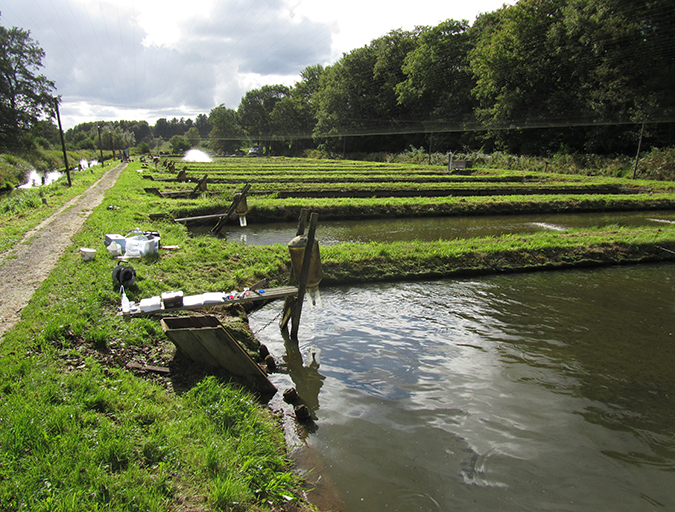
Health & Welfare
Linking water treatment practices and fish welfare
Quantification of fish behavior is complex and depends on the experimental setup and biomarkers applied. A simple method was tested to quantify locomotor behavior to evaluate the effects of simulated water treatment scenarios using peracetic acid.
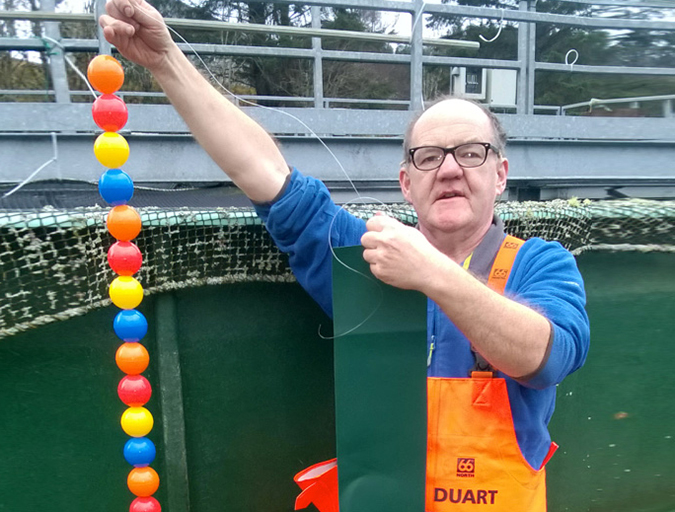
Health & Welfare
Time to play: Farmed fish respond to environment enrichment
Animal welfare on fish farms encompasses health, diet, water quality, husbandry, handling and slaughter. Add environment enrichment to the list, like a Scottish salmon company, which keeps its fish healthy by keeping them busy.
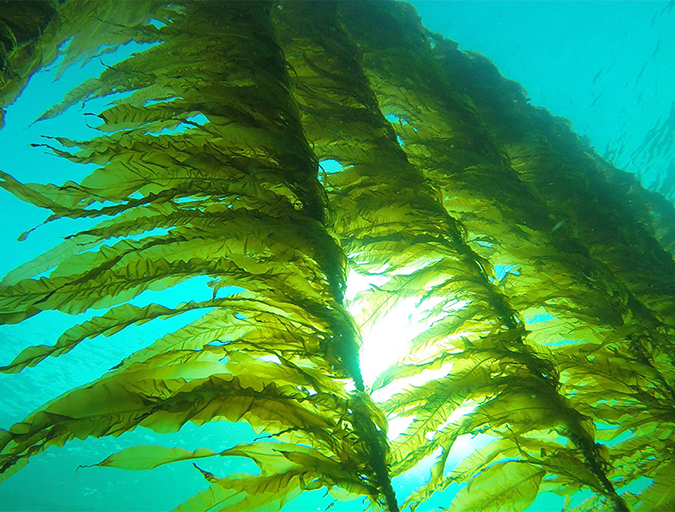
Responsibility
Can aquaculture flourish in a more symbiotic sea?
The 18-month Maribe project has uncovered some promising ideas for promoting growth and jobs within the blue economy. Aquaculture, fingered as one of five key areas for growth, could benefit from collaboration with renewable energies.
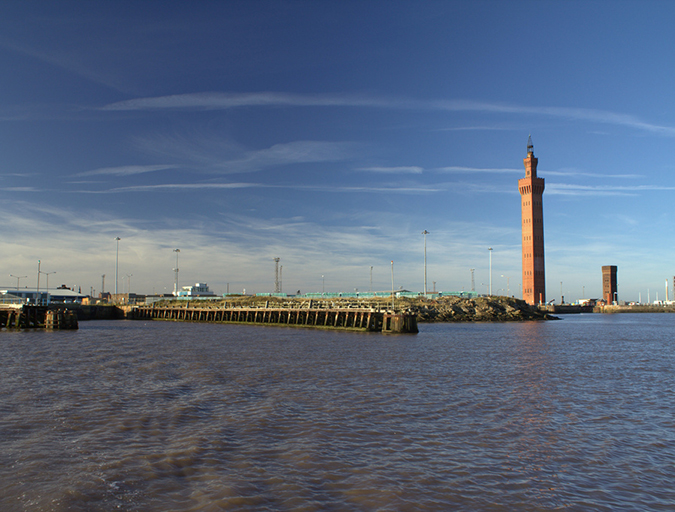
Innovation & Investment
New Grimsby aquaculture center to adopt a global view
The National Aquaculture Center will be established at the Humber Seafood Institute in the seafood-processing town of Grimsby to help contribute to food security and nutrition through a wide range of activities.


